How To Make Metal In Fl Studio
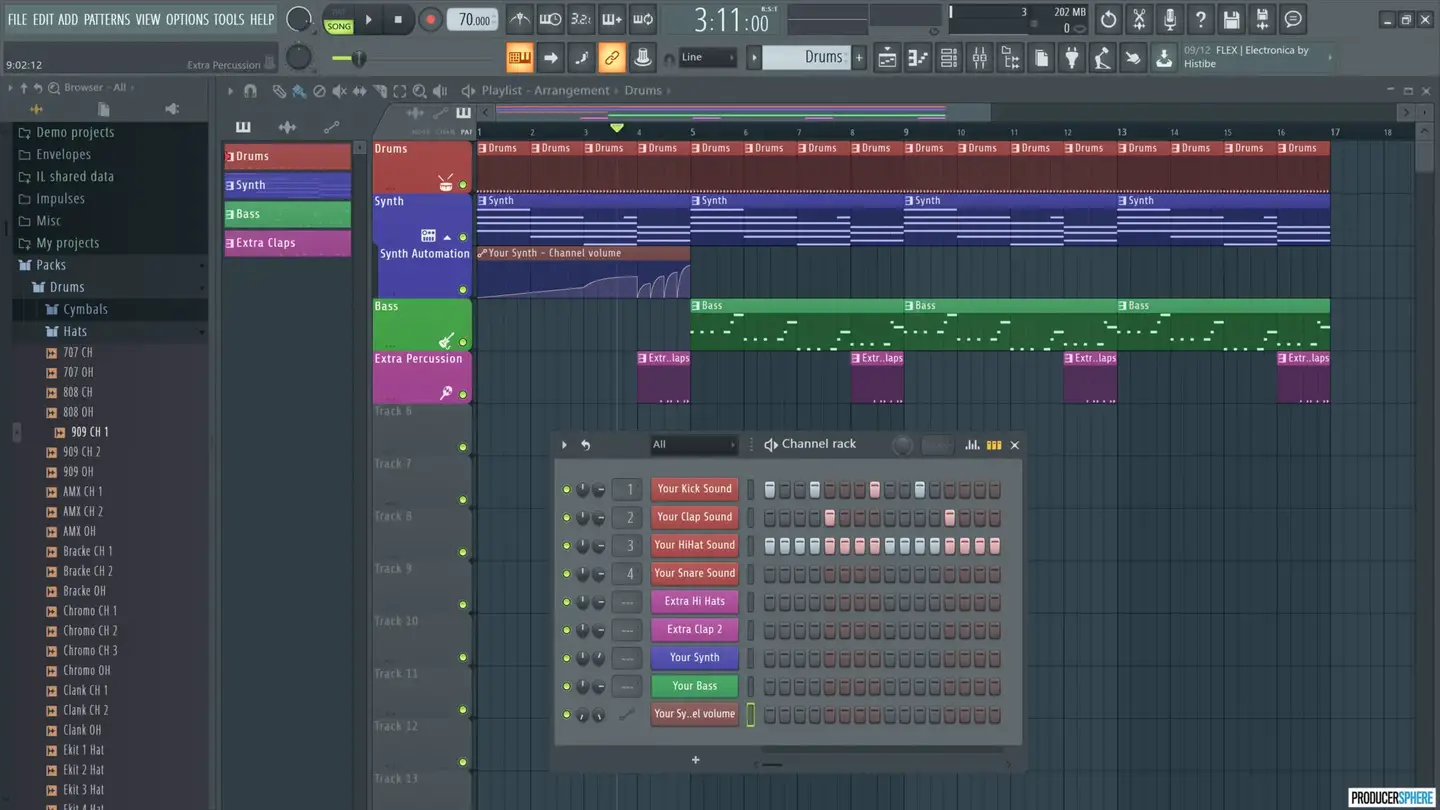
So you want to make a vanquish in FL Studio? Below is a no-nonsense guide to making your first beat, from a beginners perspective, to simplify the whole process for yous.
The video version…
In the video below we'll run through a beginners tutorial to making beats. You can either sentinel this video, or keep scrolling to read more than!
Making a beat in FL Studio: Earlier you begin
For a beginner, FL Studio can seem very daunting and sometimes overwhelming. We've all been at that place.
But FL Studio is an unbelievably powerful program, and when used correctly, can be used to make any sound or track you tin can imagine.
In club to begin making a beat in FL Studio, you must have the following:
1. A full (or fifty-fifty the trial version) of FL Studio
The producer and signature bundles of FL Studio can get quite pricey, and for a beginner this can be very off-putting.
The about basic version of FL Studio, "Fruity Edition" definitely has everything you need to create incredible beats. So you aren't fix to pull the trigger on the more expensive versions, this version volition definitely give you what you need in the early days of your music product journey.
Here are thepricing options for Fl Studio:
| FL Studio Edition | Price |
|---|---|
| Fruity Edition: | $99 |
| Producer Edition: | $199 |
| Signature Bundle: | $299 |
| All Plugins Bundle: | $899 |
FL Studio also has a costless trial version of the production, where you can use almost all the plugins available, however you can't re-open a file one time it'due south saved.
Click here to download FL Studio'due south gratuitous trial.
two. A very basic understanding of the FL Studio interface
This seems obvious, but don't jump before you can walk. If you effort and skip the learning curve and start making beats before yous fifty-fifty empathize the start thing nearly FL Studio's interface, y'all'll probably cease up confused and unmotivated.
Make sure you understand the very basic functions of the 5 main windows of FL Studio – the browser, the channel rack, the piano whorl, the playlist and the mixer.
This video below outlines the basics of FL Studio xx you NEED TO KNOW before you start making beats.
3. Some samples/sounds to play around with.
To make a beat in FL Studio, you're going to need a pick of drums and other samples to play effectually with.
You're in the early days of production, so I'm bold you don't want to be forking out a huge corporeality of money, if any, for samples right now.
Hither is our HUGE listing of Complimentary sample packs across a broad range of genres.
Or check out our guides to the all-time sample packs for genres such as Lofi, Hip Hop, House, Trap, etc.
And then now you should have a copy of FL Studio, a few samples/sounds of your own, and a basic understanding of the program.
Now it's time to get creative, and learn how to make a beat in FL Studio.

How to make a trounce in FL Studio (Tutorial)
Here are the master steps to making a beat (FL Studio):
1. Creating a drum pattern in the channel rack
2. Adding a VST instrument sequence
3. Calculation other elements (percussion)
4. Edifice and structuring the beat in the playlist view
5. Automation
six. Mixing/adding effects
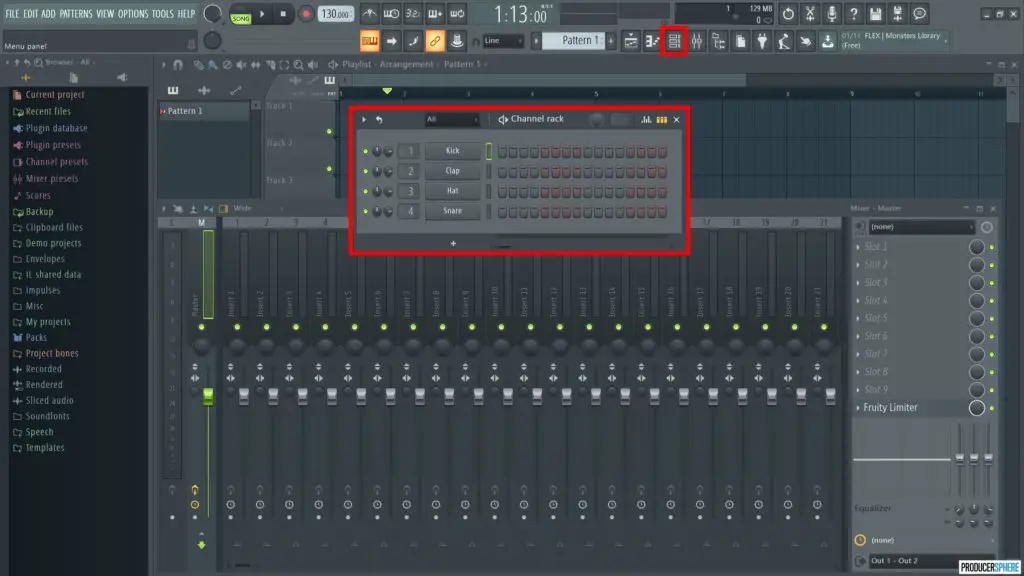
1. Creating a drum blueprint in the aqueduct rack
The first step to making a beat in FL Studio is to create a simple drum design that will be the backbone of your beat out.
The default pulsate sounds that come with FL Studio are pretty terrible, and you definitely want your ain drum sounds to create the beat.
Click here for a great resource for free sample packs, or click here for our guide to the best sample packs for Lofi, Hip Hop, Trap, House + more.
Now you've got your sounds, it'south time to import them into FL Studio.
Importing your sample packs into FL Studio
Open FL Studio, go toOptions in the top menu, so toFile Settings, and then underBrowse Actress Search Part, click a folder downwards the left manus side to add a binder to the browser.
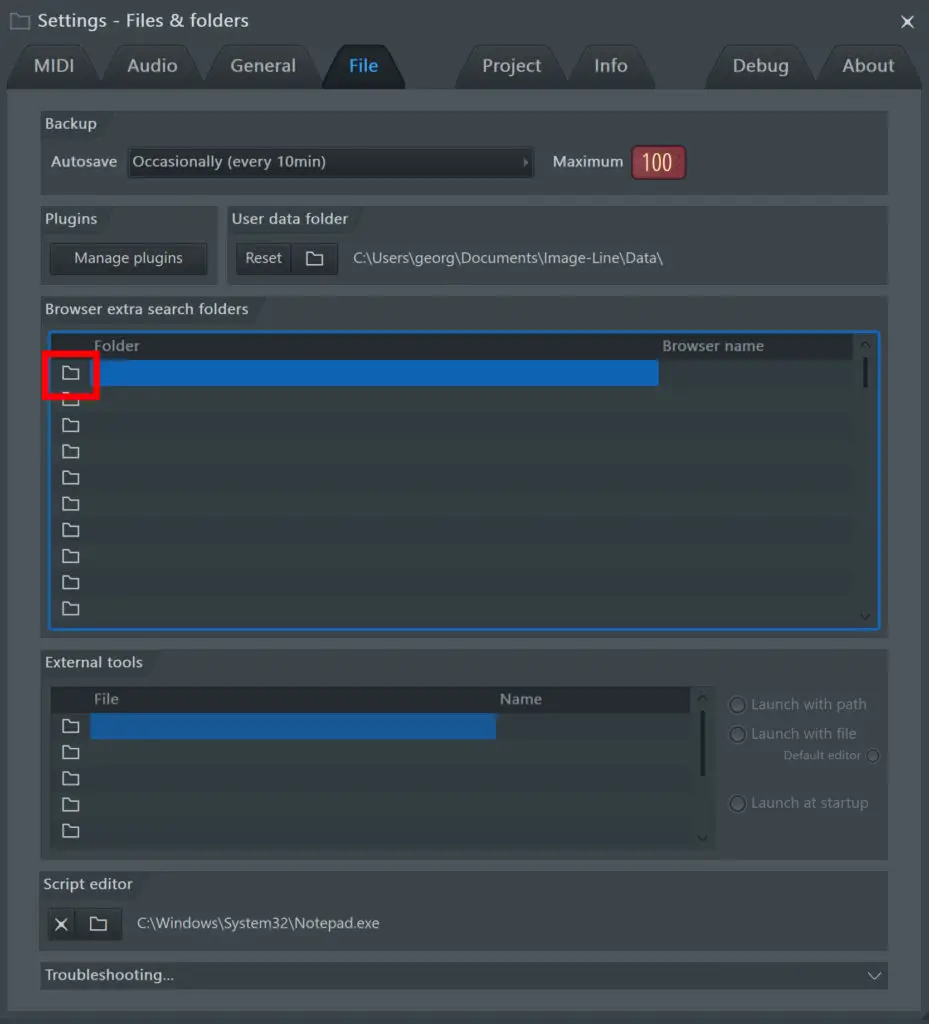
Once you lot've chosen a folder, clickOK, and if you desire, you can rename the folder with FL Studio by clicking the name in theBrowser Proper noun column on the correct. You should at present see your called folder within the browser panel.
Notation: Sometimes the folder won't automatically rename itself within the browser. To gear up this simply clickre-read (the arrow next to the magnifying glass at the tiptop of the browser, and your binder name should update.
How do I go sounds from the browser into my track?
To import a specific pulsate audio into the projection, simply left click on the desired sound file in the browser, and drag it into theaqueduct rack. The best thing to exercise is drag and drop the files just below the lesser sound in the channel rack, as dropping it on summit of another file within the rack will supersede information technology.
For the next stride, add a kick, snare, clap and a hello hat that take your fancy. Yous can add more than percussion elements later, for now you just need to create a basic drum beat.
Creating a drum blueprint
This is where the fun really begins. FL Studio'south iconic step sequencer is ane of the easiest ways to create a pulsate blueprint in any DAW. Hands down.
To add a pace or drum "issue", left click on any of the stride buttons and they will light upwards, and to delete steps, just correct click your highlighted step. Yous can also elevate left or right click to select multiple steps within a aqueduct at one time.
In the step sequencer, play around with creating some simple pulsate patterns.
If you're a bit lost, try recreating one of these drum patterns:
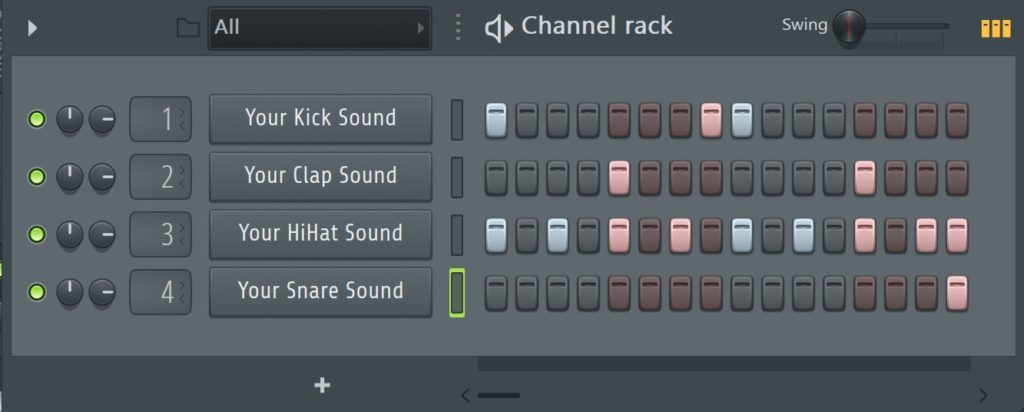
Basic hip hop beat
Recommended tempo: 80-90 bpm
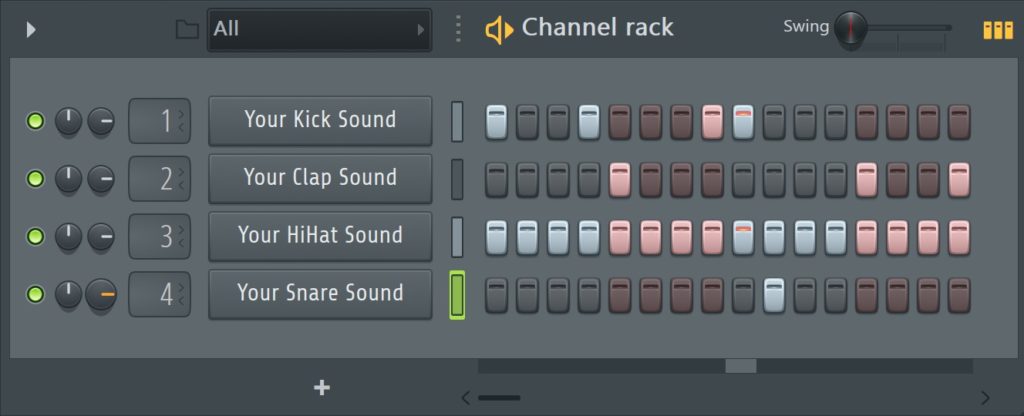
Basic trap shell
Recommended tempo: 70 bpm
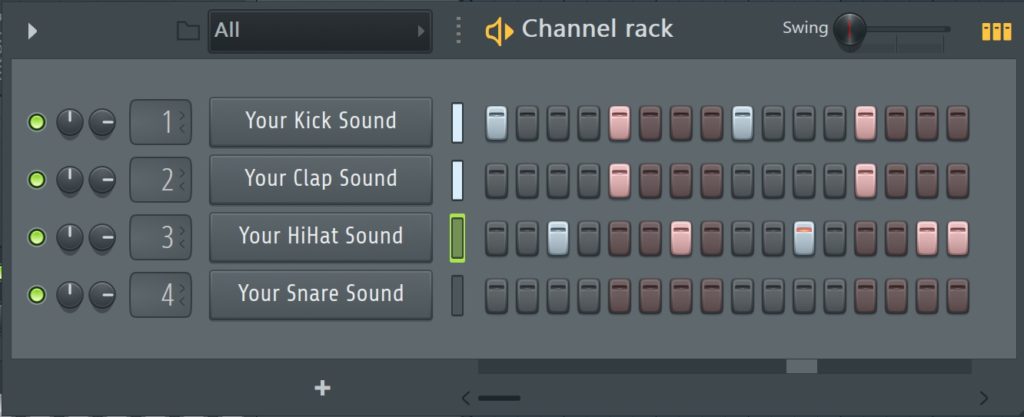
Basic house beat
Recommended tempo: 125-130 bpm
Make sure you rename and colour each drum track to keep your shell organised. To exercise this, simply right-click a sound, click "Rename, Color, and Icon…".
Adding the drum pattern to your rails
To add your pattern to your track, just left click inside the playlist section, and your blueprint will appear.
Unlike almost all other DAWs, you tin identify any pattern anywhere within the playlist, and each pattern is not limited to its own track row.
To go on things organized, right click on the rail name, and select "Rename, color and icon…" and proper noun it "Drums". It's always easier to produce full, complex tracks when sounds are kept within their corresponding tracks.
Go alee and add together 4, 8 or sixteen bars of the drum pattern to your playlist. Your screen should at present expect something like this:
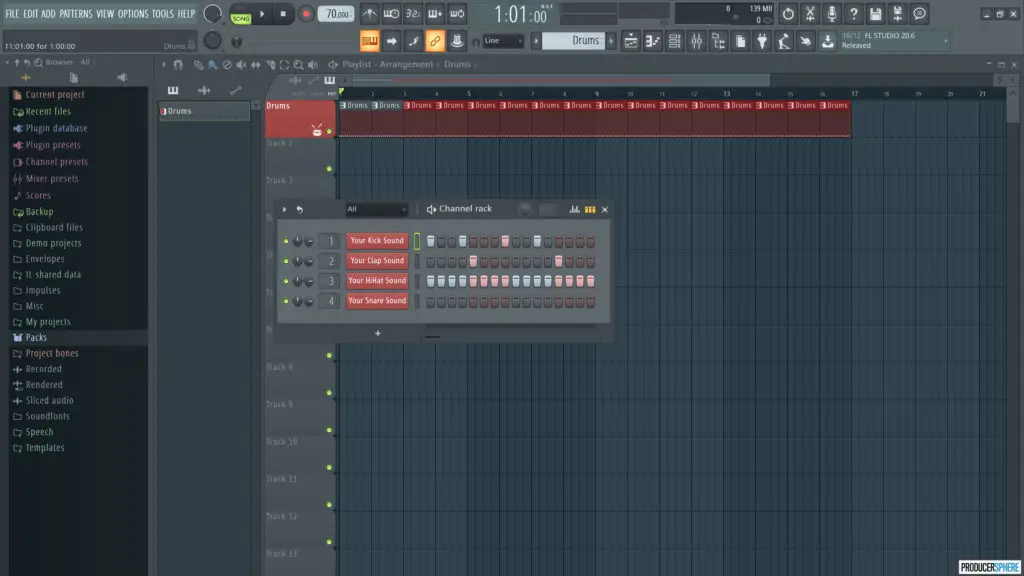
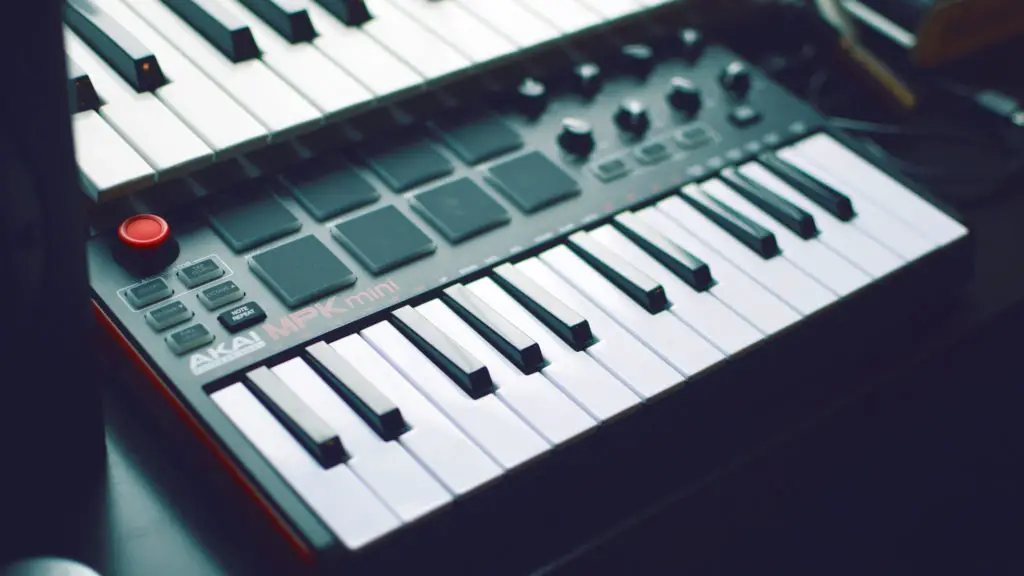
2. Adding a VST instrument sequence
So yous have your basic pulsate crush, and have sequenced it into the playlist view…
At present it's time to add your showtime instrumental sound or sample. The principal manner to practice this would be to add a VST musical instrument and programme a melody or chord progression using the piano roll, or using a MIDI controller/keyboard.
There are other ways of adding your outset instrumental sound, such as sampling, speeding upward/slowing downward and looping other songs or "sampling". For the sake of keeping things simple, I'll just focus on calculation a MIDI pattern using a VST musical instrument.
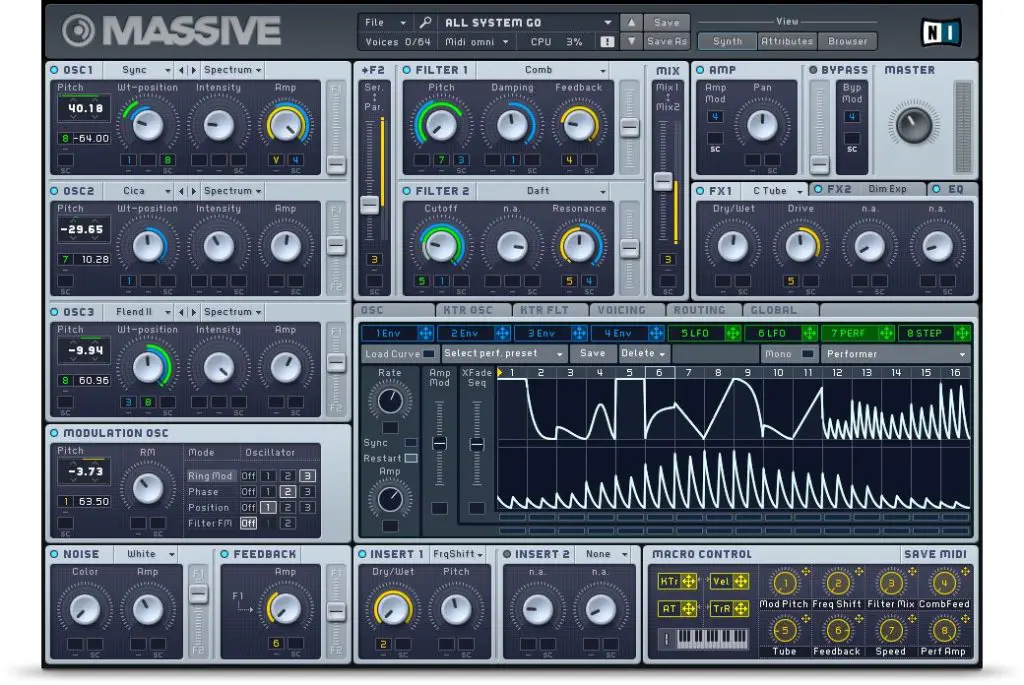
What is a VST instrument?
VST Instruments generate audio and human activity as software-based instruments. They ofttimes emulate recognizable sounds of famous synthesizers and other instruments. Popular VST instruments include Serum, Massive, FM8, Sylenth ane and Absynth.
These programs can seem daunting to a beginner, equally many VST interfaces appear very complex and overwhelming.
And then for now, instead of creating a new sound with i of these programs, we'll simply use one of the thousands of presets available for FL Studios instruments.
Click here for our guide to the best VST plugins for beginners.

Creating a new design for your VST instrument
Before you begin creating MIDI patterns for your VST instrument, make sure you've selected a new pattern, and then your drums and musical instrument patterns are split.
To do this, navigate to the pattern selector in the top carte and select the plus button to create a new pattern (run across above). This creates a blank aqueduct rack within which you can create your new instrumental pattern.
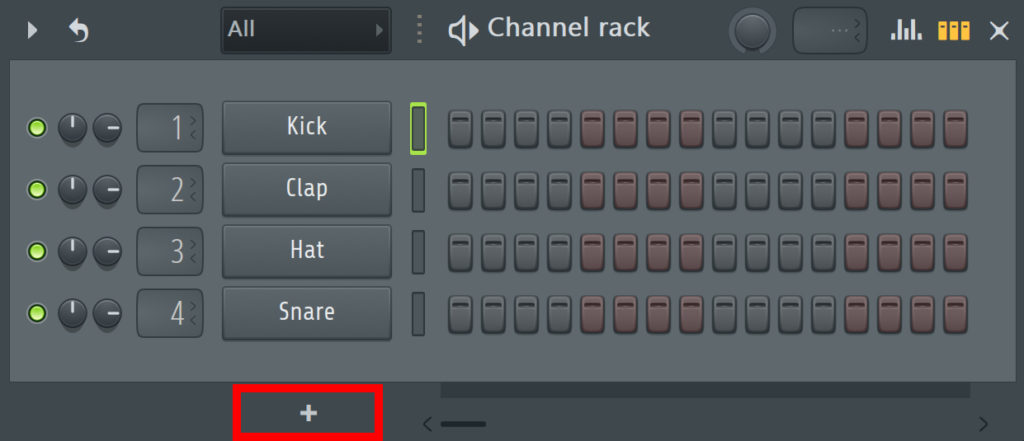
How to add together a VST musical instrument to your channel rack
To add a VST instrument to your track, simply click the plus button at the bottom of the channel rack (see to a higher place), and choose from the list.
Again, for simplicity, I will be adding Sytrus, a great FL Studio plugin with lots of fantastic presets.
If you're unsure well-nigh how to install and add your ain VST plugins to FL Studio, here is our quick, like shooting fish in a barrel guide.
Creating a MIDI sequence for your VST musical instrument
You can create a MIDI sequence in the piano coil for your chosen instrument.
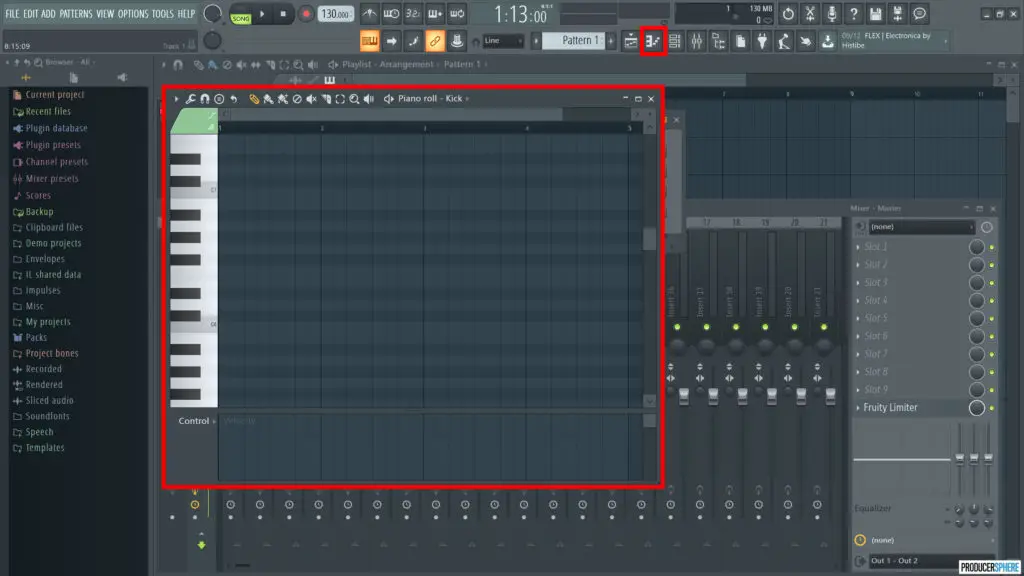
The piano roll is where you lot can compose, piece and edit MIDI notes of a selected channel with an incredible corporeality of detail and precision.
It is incredibly helpful for example, to tweak a MIDI keyboard performance or lengthen certain notes within a sequence.
To open to pianoforte gyre for a chosen channel, right click on the channel proper name and selectPianoforte Roll.
Have a play effectually with the piano curl, creating chord sequences and melodies for different VST instrument presets and sounds.
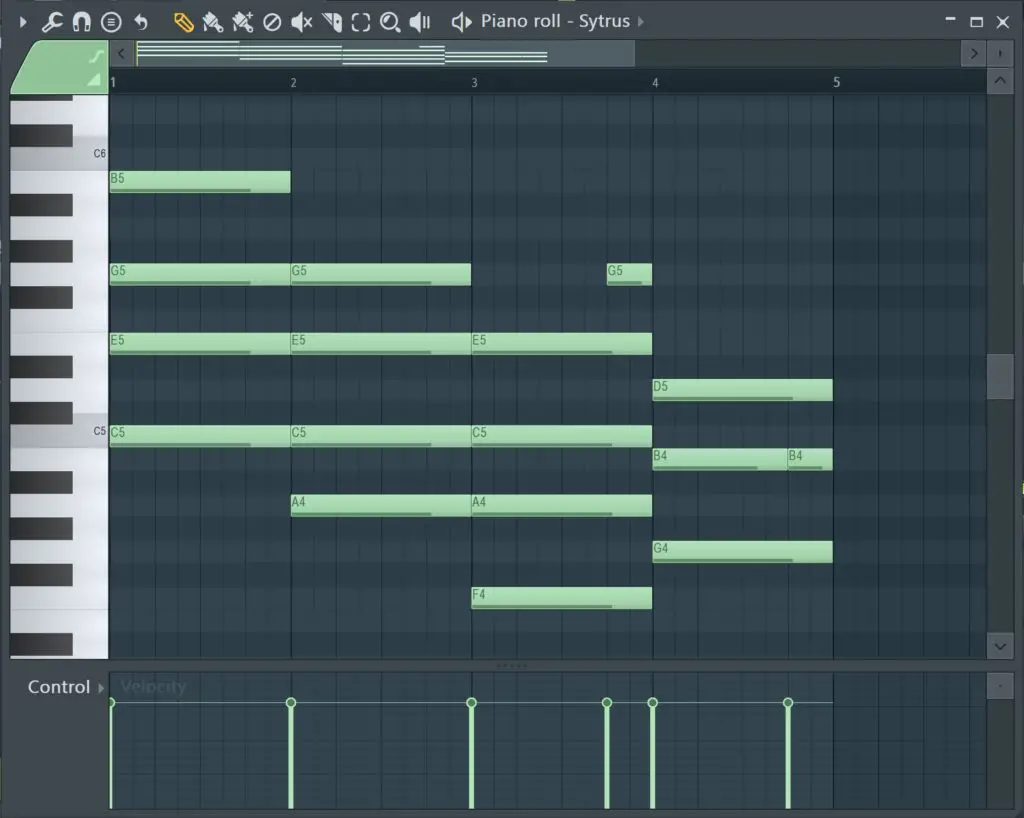
Try recreating these jazzy chords within your piano roll if you're stuck for ideas.
Click here for our full guide to FL Studio, including an in-depth look at the piano roll editing features.
Adding your VST instrument pattern to your track
To add your design to your track, simply left click within the playlist section, and your blueprint will announced.
Add it below the pulsate pattern you added earlier, and call back to color and organise the track.
Repeat this pace as many times every bit you want. This way you can add and layer equally many instruments equally you like: Sub-bass, bass, synths, keys, pianos, strings, pads, stabs, etc.
Here'due south an example of what your screen may look like now:
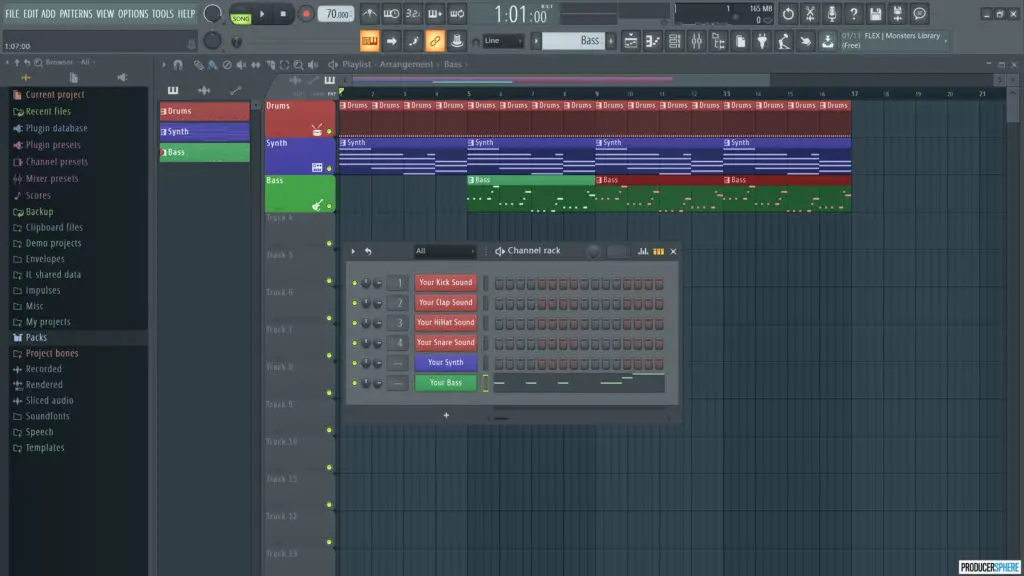
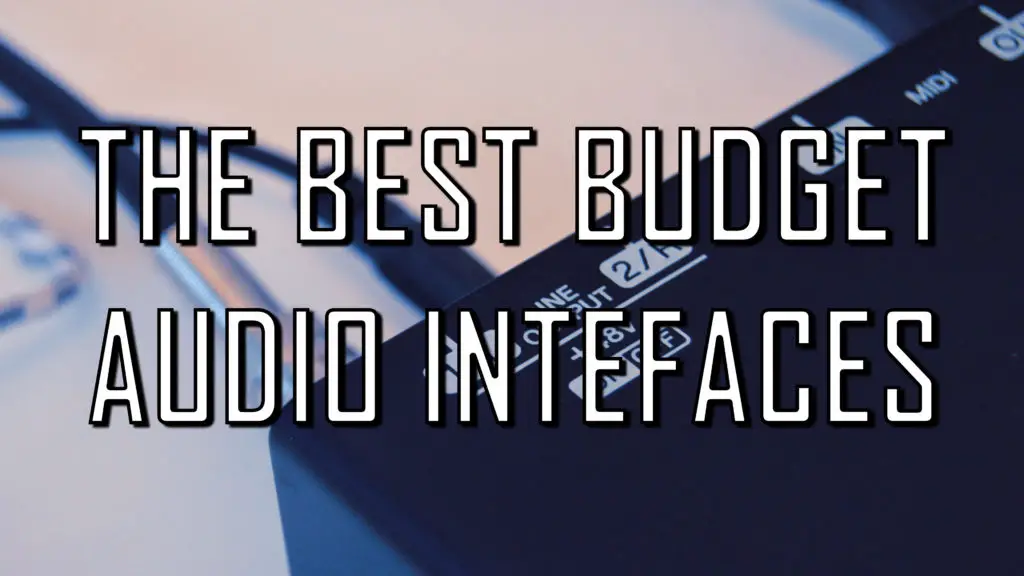
three. Adding other elements (percussion/vocal FX etc)
Now you have the skeleton of your beat (a drum vanquish and a instrument sequence), information technology'southward time to add some additional elements to exhale some life into your shell.
Extra percussive or FX element are a cracking way to make your runway stand out from other, more simplistic beats.
Adding extra percussion
Calculation extra percussive elements is a very similar procedure to creating your main pulsate beat.
Once more, using the stride sequencer, create a blueprint of percussive elements to add together to your track. This can come in the class of snare/tom fills, extra hi hats to evolve the drums in a certain section of a track and more.
A few ideas could be:
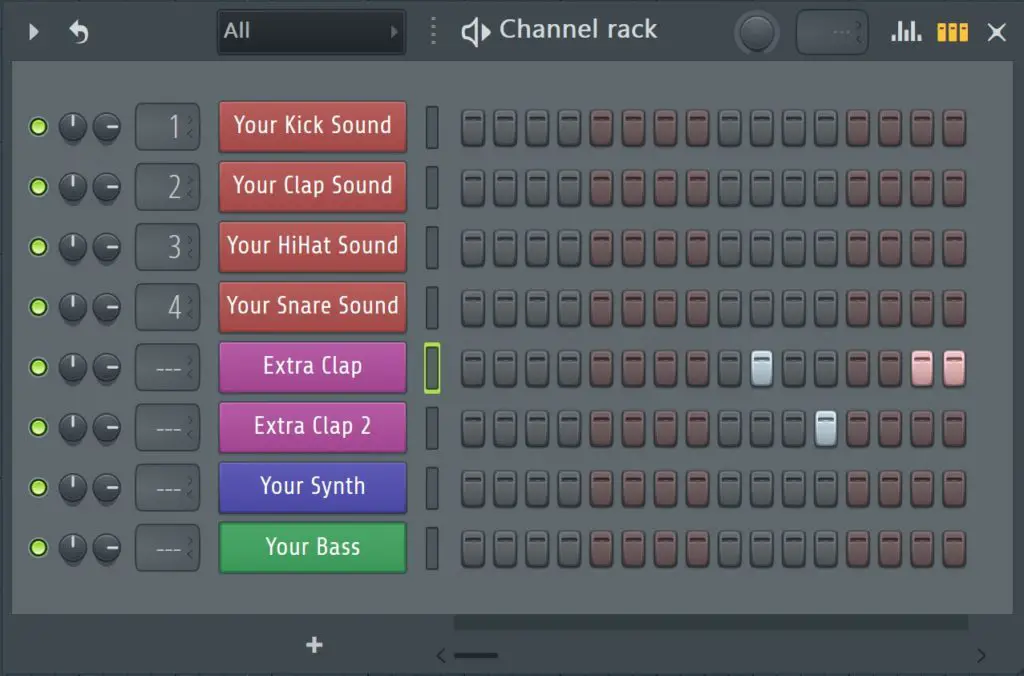
Hip hop – handclapping-fill for the 8th bar
Recommended tempo: 80-90bpm
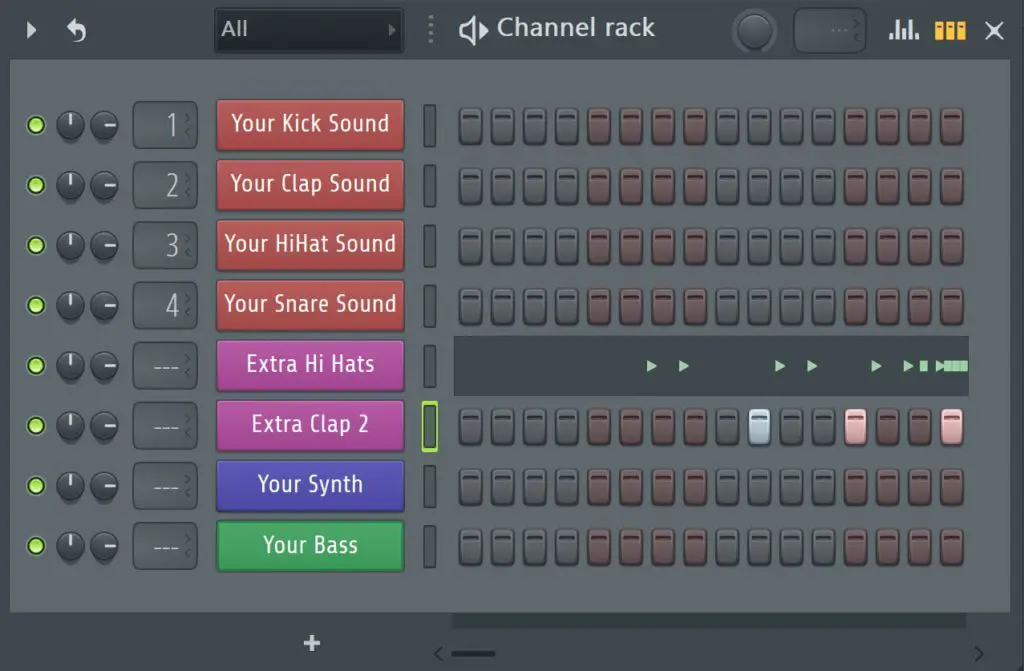
Trap – how-do-you-do hat ringlet and percussion fill
Recommended tempo: 70bpm
Note: To add together percussion hits with more precision, open up the pianoforte curlicue for that audio.
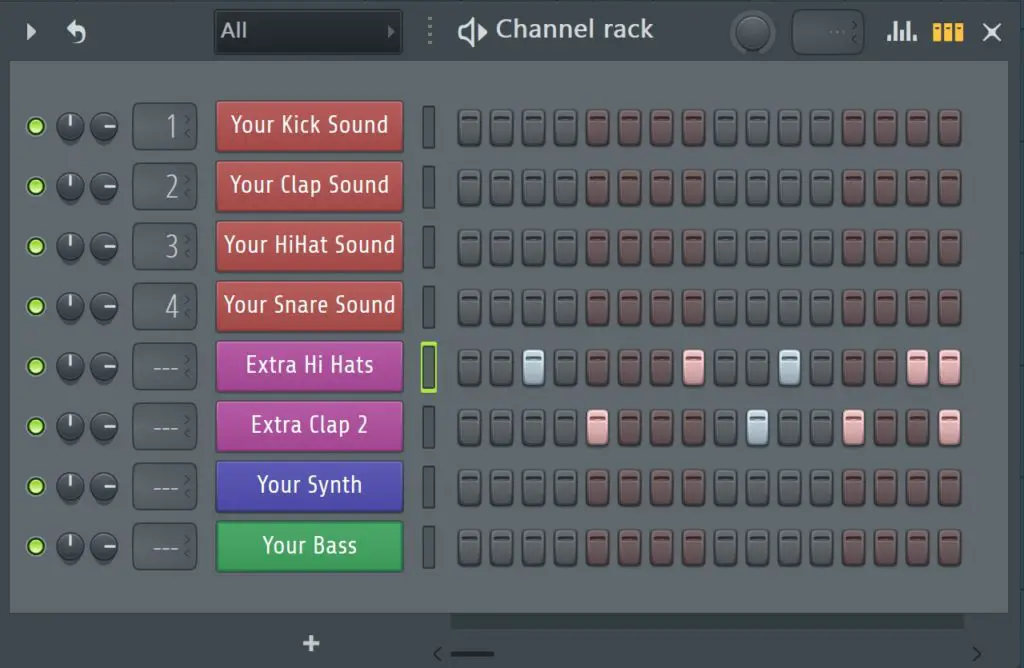
House – extra hi hat pattern for trounce development
Recommended tempo: 125-130bpm
Add your actress percussion to your track in the relevant places (i.due east for a drum fill, add information technology to each fourth, 8th or 16th bar.
Again, remembering to organise it effectively, your screen should now look a little something like this.
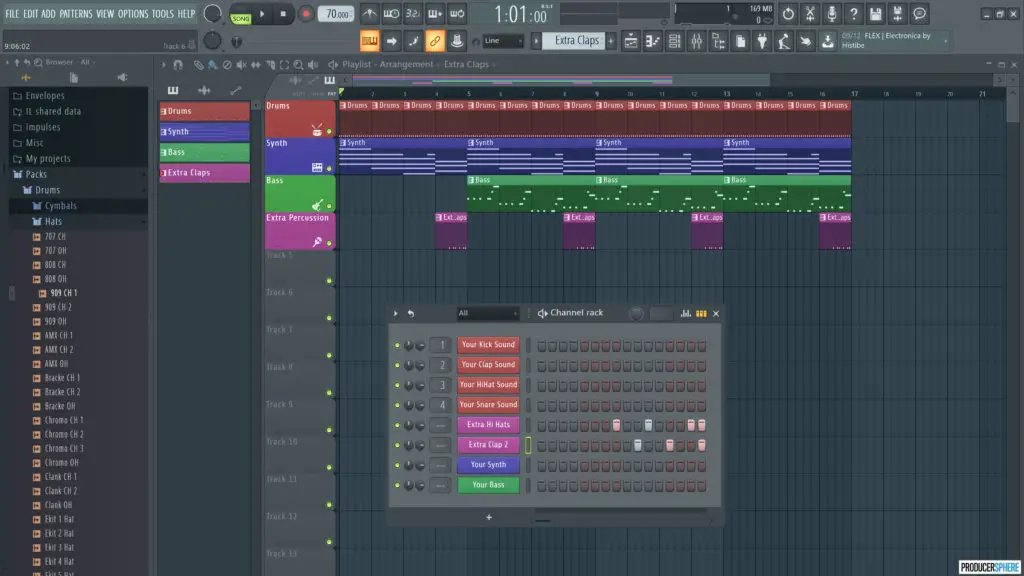
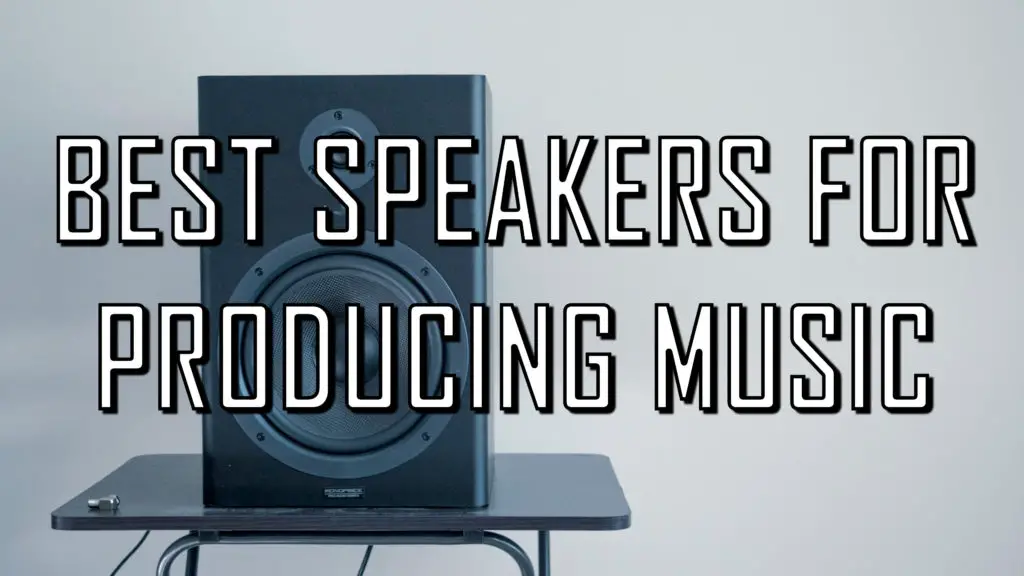
4. Building and structuring your track
Then, you have a basic understanding of how to add different drums beats, percussive patterns and multiple instruments to the playlist view.
At present it'due south time to build and sequence your tracks from a layered loop to an full, evolving track.
If you're new to the playlist view, or desire more information on how to edit, slice and arrange patterns within this interface, cheque out our FL Studio guide which will have you through this.
This step is very of import for building a song, and so elements are introduced throughout a rail. This creates a more professional sounding vocal every bit opposed to a stand up lone loop or idea.
If you lot're creating instrumental beats, have a look at similar tracks in the aforementioned genre to see how they are structured. For example:
Lofi hip hop beats are ordinarily simply nigh ii minutes long, without too much beat evolution, simply include sections where drums drop out, or a filter is added, and and then they come dorsum in for effect.
Total house rails mixes are often 5-vii minutes long, with lots of beat out development, and usually first with a 4-on-the-flooring kick pattern only.
If yous're just starting out, don't effort and re-invent the wheel. Know your genre, and once you've had some practice, you can offset getting experimental.
5. Automation
If you're new to music production, you may not have heard of automation. But in order to create great, professional quality tracks, yous need to learn what automation is and how to apply information technology.
What is automation?
To put it simply, rail automation is a fashion of "automating" a specific parameter, such as volume, pan, reverb etc, so that the parameter changes as your track plays.
A few examples would be: slowly fading in a pad over the course of iv bars, sidechaining, and adding more reverb to a sound during a certain section of your track.
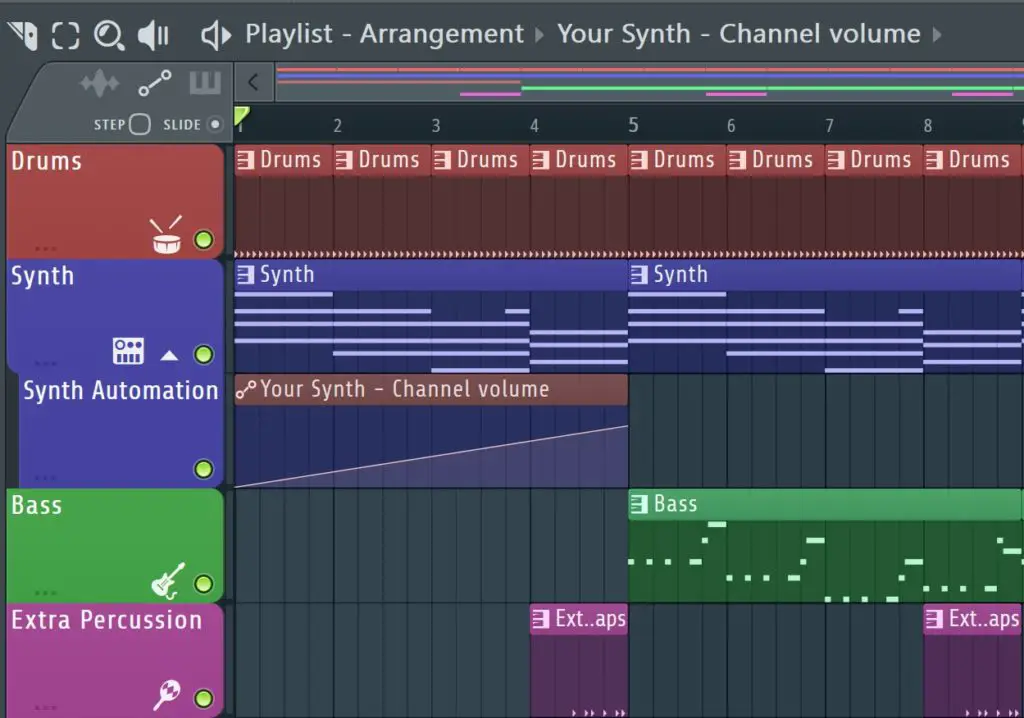
How practise I add automation?
To add automation, simply right-click on a parameter in FL Studio such as track book, and select "Create Automation Clip". This will create a rail-length automation clip in a free playlist track.
Seems piece of cake? As with most things in life, it's non that simple. At that place are a few extra things y'all have to consider while adding automation.
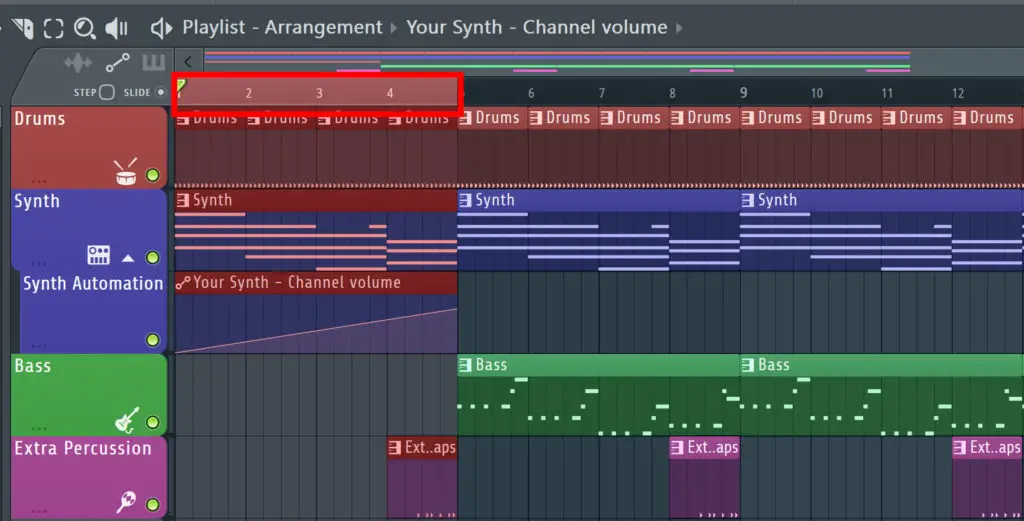
Before adding automation clips…
Ever select the section of the runway you'd like to add together the automation clip to first, before adding the automation clip.
Adding track-length automation clips for each parameter tin can get very messy.
To select a section of the track, double click/Ctr + click and drag along the bar but above the playlist where the bar number is displayed (meet image in a higher place). This volition highlight the selected section in red.
Now, when you add your automation prune, it will only be added to this section.
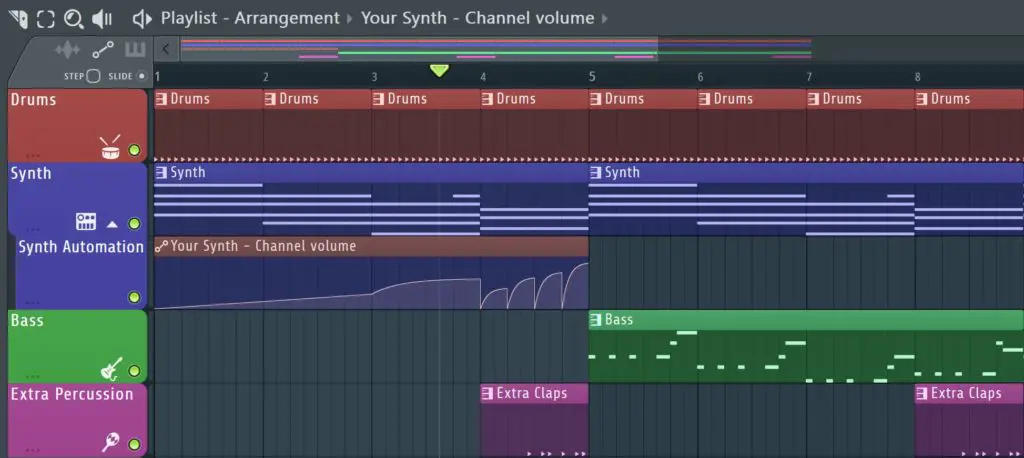
Editing an automation clip
To edit an automation clip, simply right-click within the clip, and new points volition be created in the clip, which you can then left-click to drag anywhere you'd similar.
Useful tip #1: If you left-click and hold in the line between two created points and drag, this allows you to fine-tune the curve between two points.
Useful tip #2: By right clicking on any automation point, you tin alter information technology's "manner", for example creating a "pulse" or "shine stairs" issue. This allows for a huge corporeality of sonic creativity.
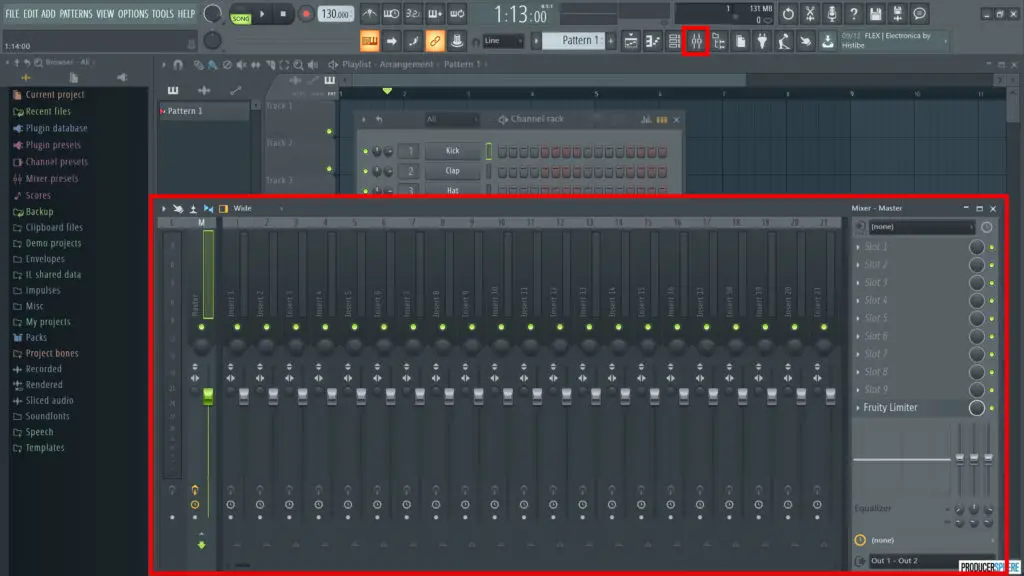
half dozen. Mixing
Mixing a rails can be a very in-depth, complex process, especially for large, layered mixes. If you're a beginner to the mixer in FL Studio, all you really need to focus on a basic runway levels, and adding FX.
The mixer is where you'll mix your song, focusing more on sound design, effect processing and fine-tuning your tracks. You tin add together furnishings such every bit reverb, delay, compression and many, many other audio effects to your mixer channels.
Using this mixer effectively can completely transform your songs into professional-sounding masterpieces.
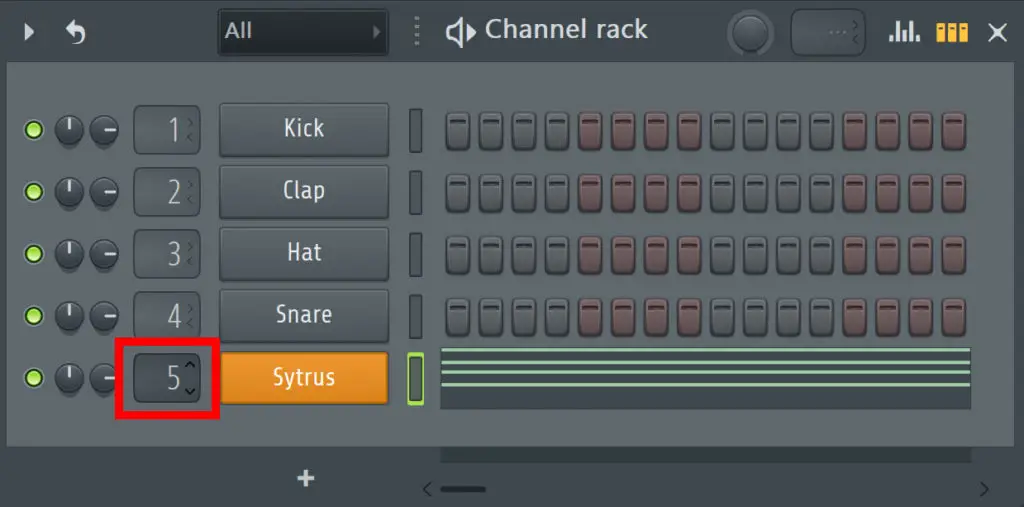
Sending sounds or instruments to mixer channels
To send a specific audio to a specific mixer channel, left click and drag the numerical value to the left of the sounds name inside the aqueduct rack to your chosen value. This will ship your sound or instrument to the corresponding mixer channel, in which yous can now add together effects or alter certain parameters.
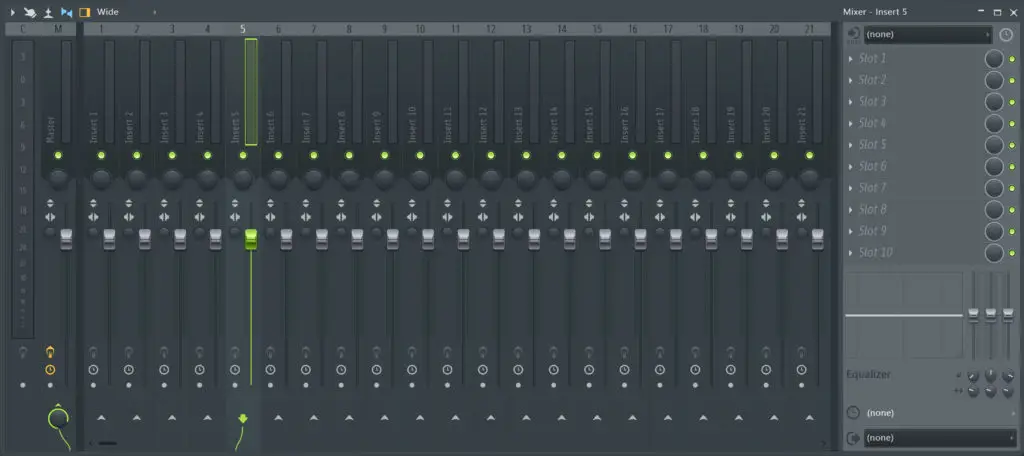
Track levels
You'll discover the far left mixer channel is yourmaster channel, which allows y'all to edit the overall pan, book and other functions of the unabridged track.
Focusing on i individual mixer channel along the mixer window, you'll run across multiple buttons and a large fader control for each mixer channel. For a more than consummate guide to these controls and how to use the mixer, click hither.
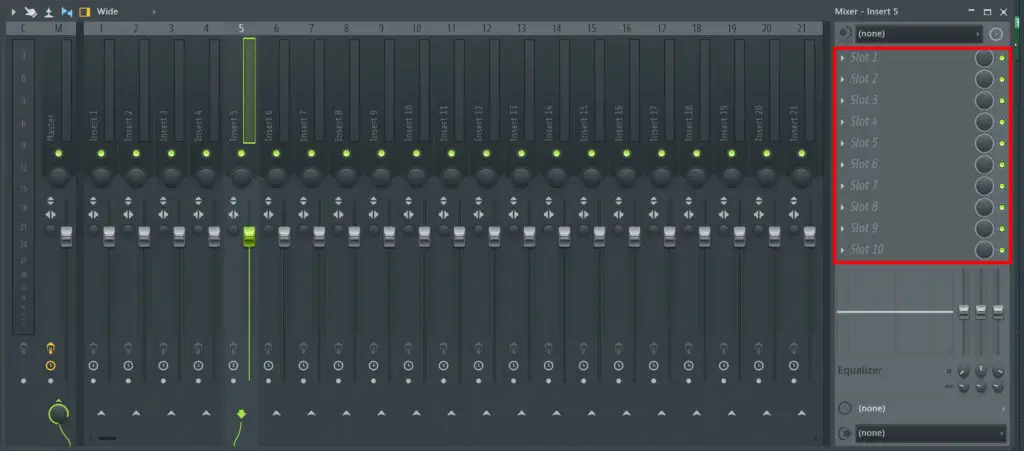
Adding effects to a mixer channel
On the right manus side of the mixer aqueduct, you'll see 10 effect slots. By selecting one of these slots, and choosing an effect, information technology will add together the selected effect to your mixer aqueduct.
There are so many effects plugins included with FL Studio, and thousands more than available online.
Here is an overview of the best effects to play around with for beginners (all included with FL Studio).
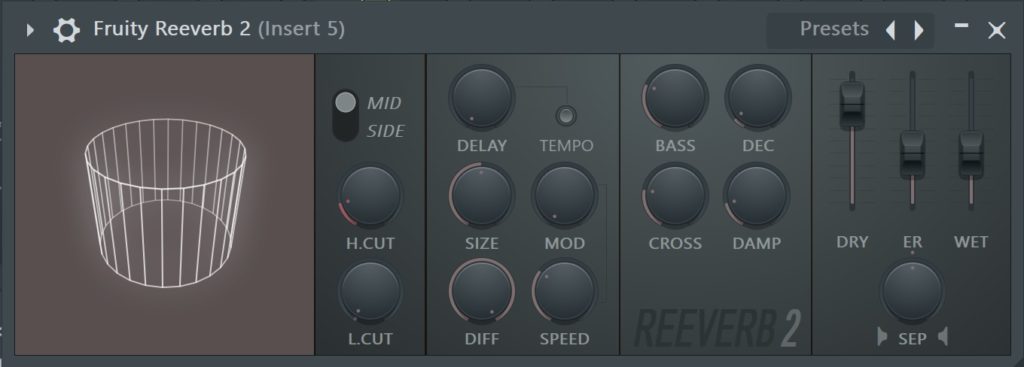
Fruity Reeverb 2: This is a incredibly high quality reverb plugin that honestly sounds unreal straight out the box.
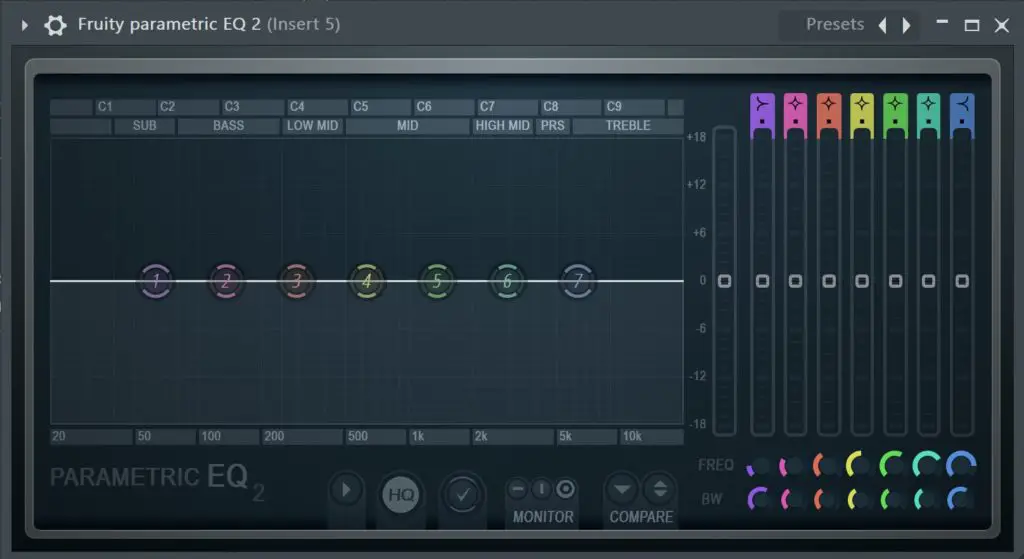
Fruity Parametric EQ 2: My favourite EQ plugin, flow. Perhaps it'due south bias as I've used it for so long, and so it's my favourite plugin for fine-tuning and automating EQ.
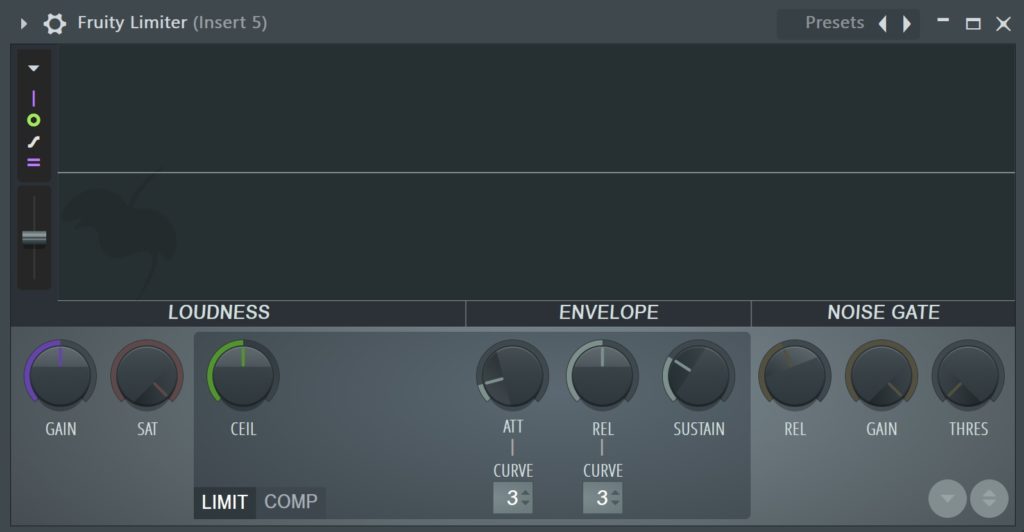
Fruity Limiter: A fantastic limiter for limiting and compressing sounds. In the compression mode, it visualises the audio you're compressing every bit information technology'due south being played, which is a very useful tool for getting your compression levels correct.
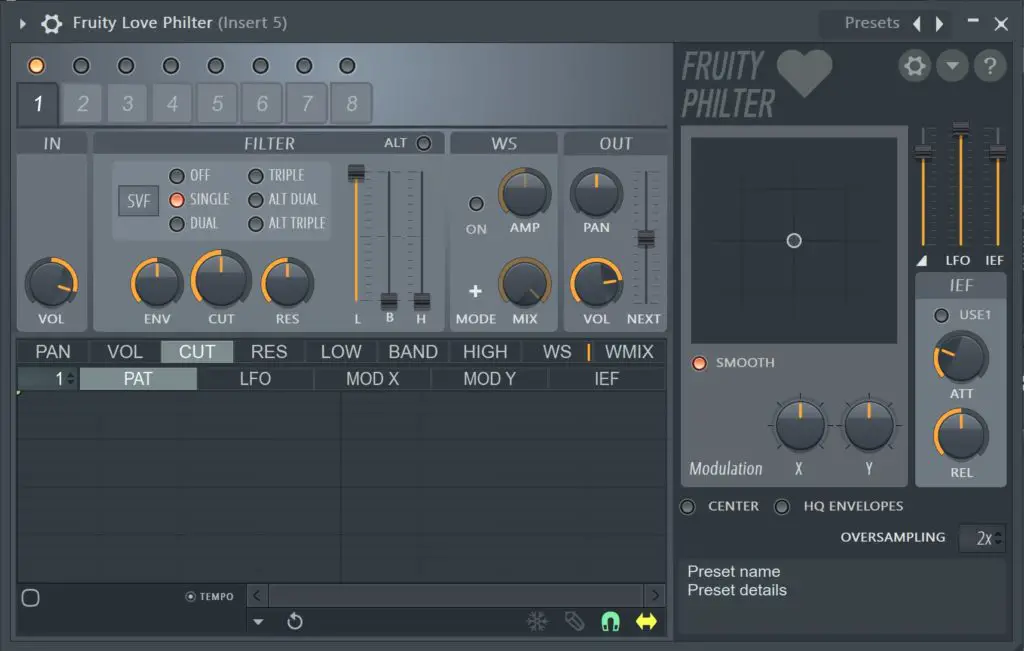
Fruity Beloved Philter: A versatile, powerful tool for adding filters and modulating effects.
At present you tin can add multiple effects to your tracks, add automation clips for the actual effects, sequence your patterns and structure your track into a fully fledged song.
To conclude…
And there you have it, a bones guide to making a beat in FL Studio.
You're either feeling one of two things right now: creatively inspired, or completely confused.
If you're feeling inspired and prepare to create, I accept cypher more to offer you. Become to work and create some astonishing tunes.
If you're feeling confused and overwhelmed past all this information, don't worry. It took me forever to understand FL Studio, and even longer to create something half decent.
Keep practising, and do your enquiry. There are so many guides and Youtube videos bachelor to evidence you how to utilize this incredible program.
Exist prepared to create some terrible music, because eventually you'll actually create something worthwhile, and that is the best feeling in the world.

Source: https://www.producersphere.com/make-a-beat-fl-studio/

0 Response to "How To Make Metal In Fl Studio"
Post a Comment